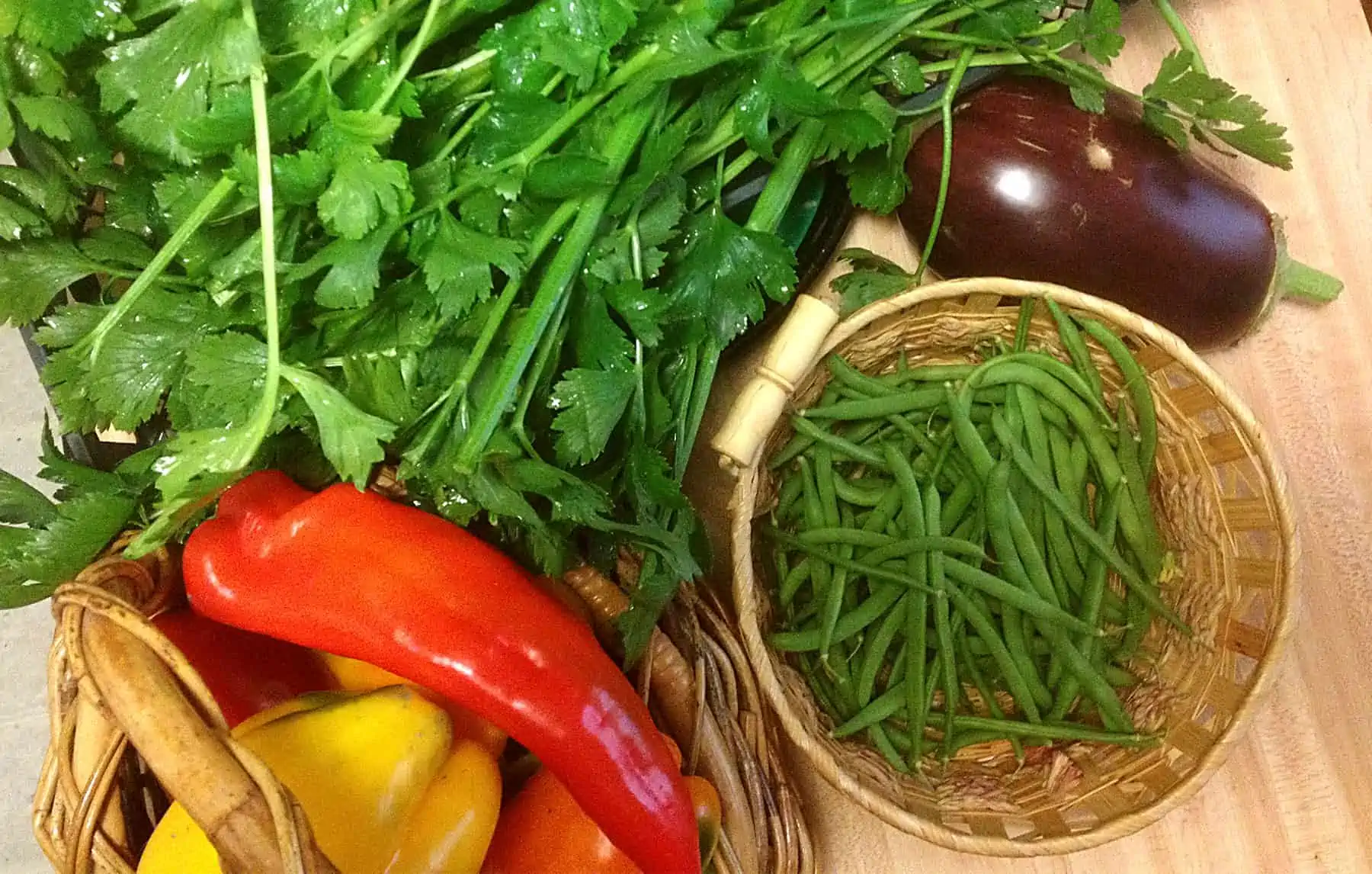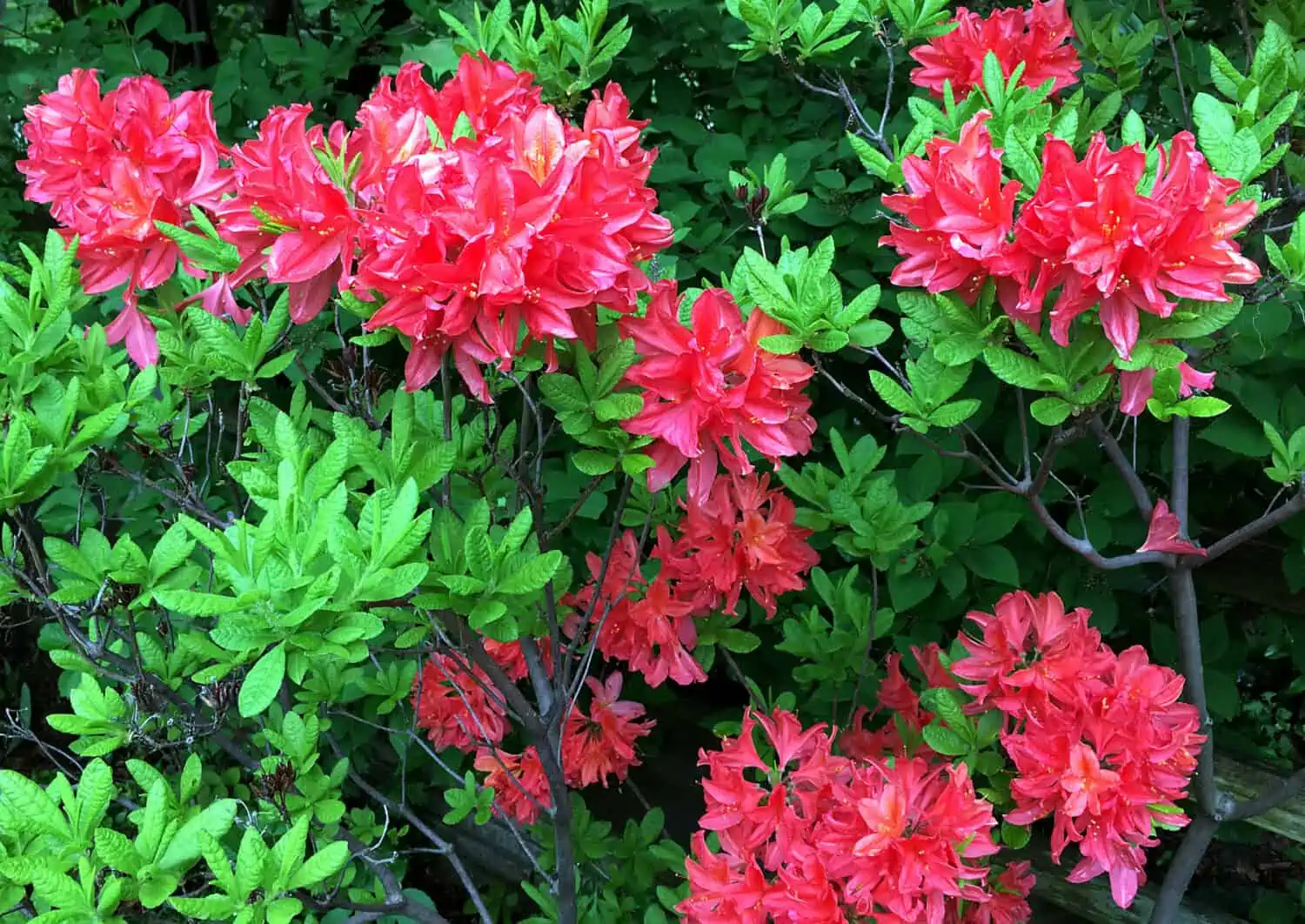American Beautyberry is a stunning plant to your fall backyard. It attracts birds and different wildlife who feast on its shiny purple berries.
american beautyberry, Callicarpa americana
The brilliant berries of Beautyberry are an essential meals supply for wildlife within the fall.
Within the spring, American Beautyberry is a fairly unassuming however enticing woody perennial shrub. Barely fragrant leaves seem on its upright, arching stems, adopted by small flowers in late spring and summer time that help many pollinators.
However in early fall, American Beautyberry transforms from run-of-the-mill to the star of the backyard. Its foliage turns to gentle yellow and iridescent purple berries (drupes, technically) seem in its leaf axils. Some varieties have white, rose, or blue berries.
As fall marches on, the leaves drop and the berries are left alone on the stems when there’s little else to draw your eye in your fall backyard. The berries persist effectively into winter until eaten by wildlife like birds, foxes, opossums, and different mammals (which is normally the case).
The place and when to plant American Beautyberry
Native to the southeastern U.S., American Beautyberry may be grown in hardiness zones 7-11 and in zone 6B if winter shouldn’t be too chilly or the plant is protected against a deep freeze.
In its native habitat, American Beautyberry is discovered rising within the open, in meadows, thickets, woodlands, or on the sides of swamps. Within the dwelling backyard, it needs to be planted in spring in a sunny or flippantly shaded space and in any soil that drains effectively and has loads of natural matter. It can’t tolerate deep shade.
american beautyberry berries in fall
The way to inform the distinction between American Beautyberry and Asian varieties: Within the image above, be aware how the berries develop within the leaf axils. Within the picture beneath of an Asian selection, the berries develop on a brief stem.
asian beautyberry berries in fall
Purchase on Amazon: American Beautyberry vegetation
American Beautyberry Upkeep
American Beautyberry has few wants or issues if planted within the right location.
In late winter or spring, take away outdated canes to rejuvenate the shrub for the showiest show of berries, as flowers and fruit seem on new shoots.
If you’d like extra compact development, lower the shrub to 12″ above the bottom in late winter.
If left alone it’ll change into a naturally tall, woody shrub.
Throughout a summer time drought, the shrub might defoliate and lose creating fruit.
Associated Publish: Which Flowers Bloom in Fall?
American Beautyberry Traits
Official Identify American Beautyberry (Callicarpa americana).
Plant Sort Deciduous shrub (loses leaves in winter).
Plant household Lamiaceae (mint).
Hardiness Zones 6b-10 (might have some safety throughout chilly winters in zone 6).
Native vary Southeastern and central United States, Northern Mexico, Bermuda, Cuba.
Top 3-6 Ft (as much as 9 ft in favorable circumstances).
Unfold 3-6 ft.
Solar Full solar to gentle shade (is not going to tolerate deep shade).
Bloom Time Small lavender, white or pink flowers bloom all through summer time and help many pollinators.
Fruit Seem in fall. Often purple, however some varieties are white, rose, or blue. Fruit manufacturing is extra plentiful on shrubs in full solar, and little fruit seems on vegetation in shade.
Upkeep Mild. Little must be accomplished after the plant is established.
Water use Low (in its native space). Thought of drought tolerant.
Bark Clean. Mild brown on outdated wooden, reddish brown on younger wooden.
Attracts Wild birds, raccoons, armadillos, opossums, squirrels, foxes eat the berries. Deer graze on the foliage.
Curiosity Vivid purple berries persist by means of winter if not eaten by wildlife.
Issues Few. Comparatively pest and illness free.


